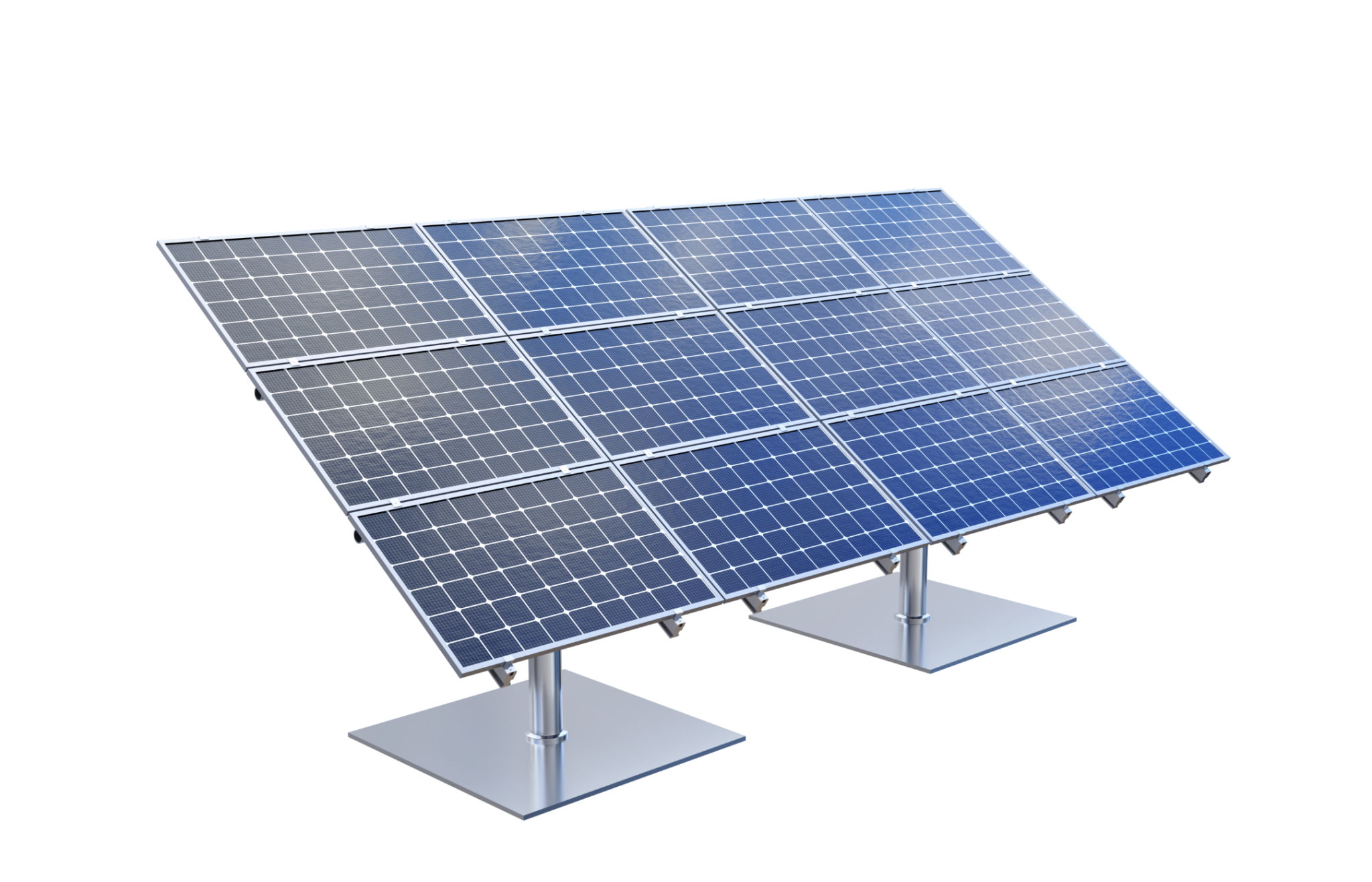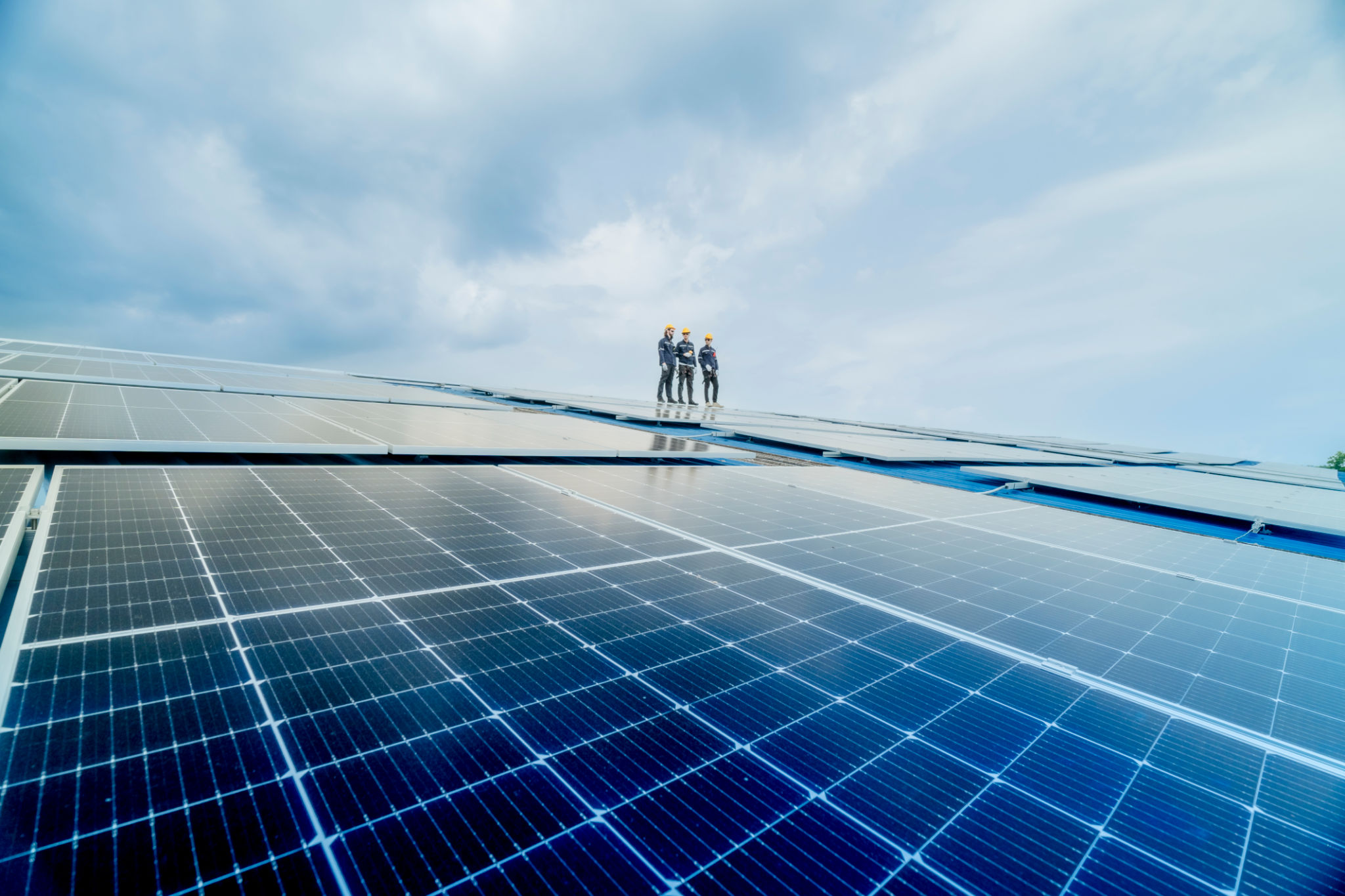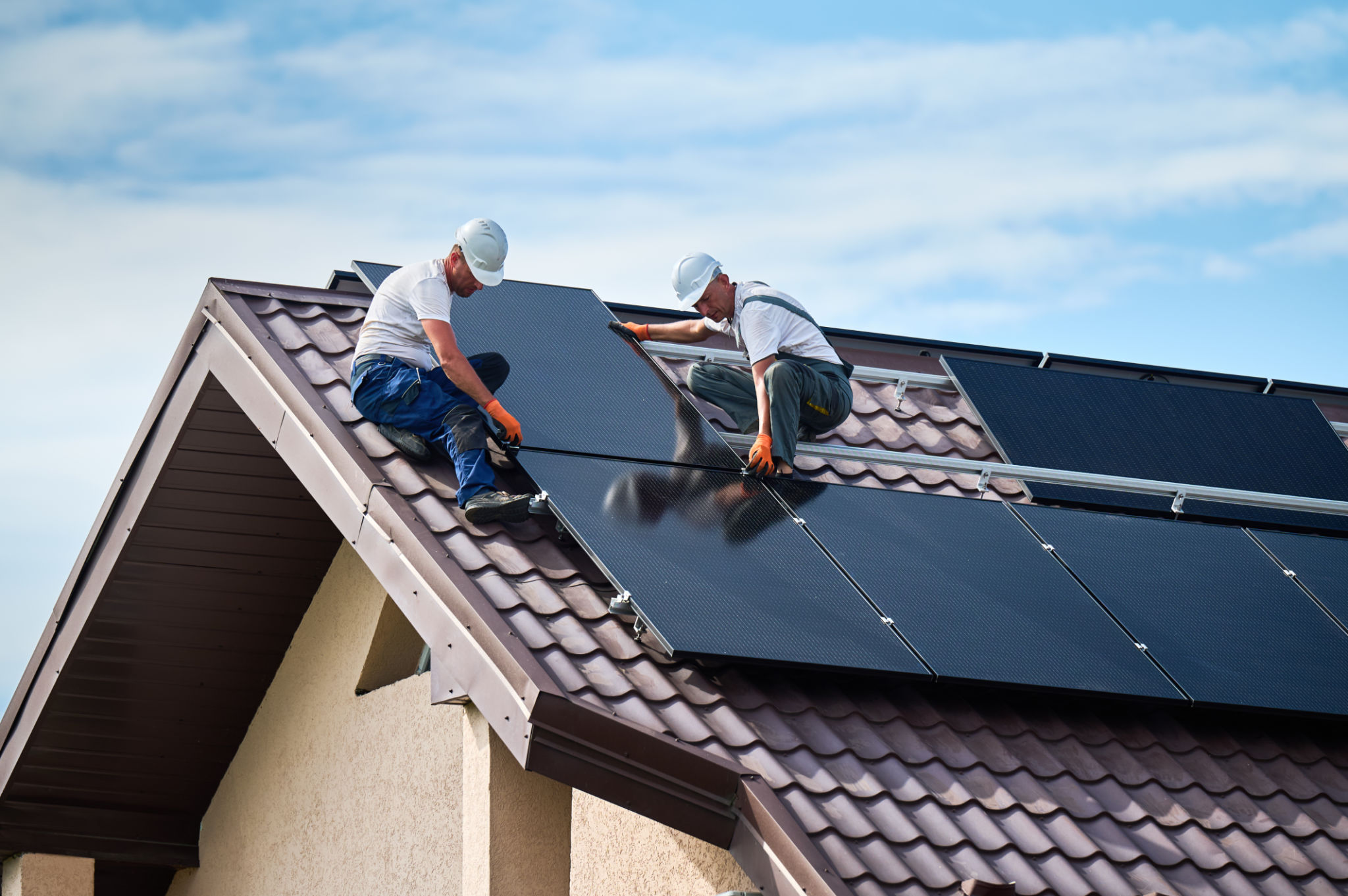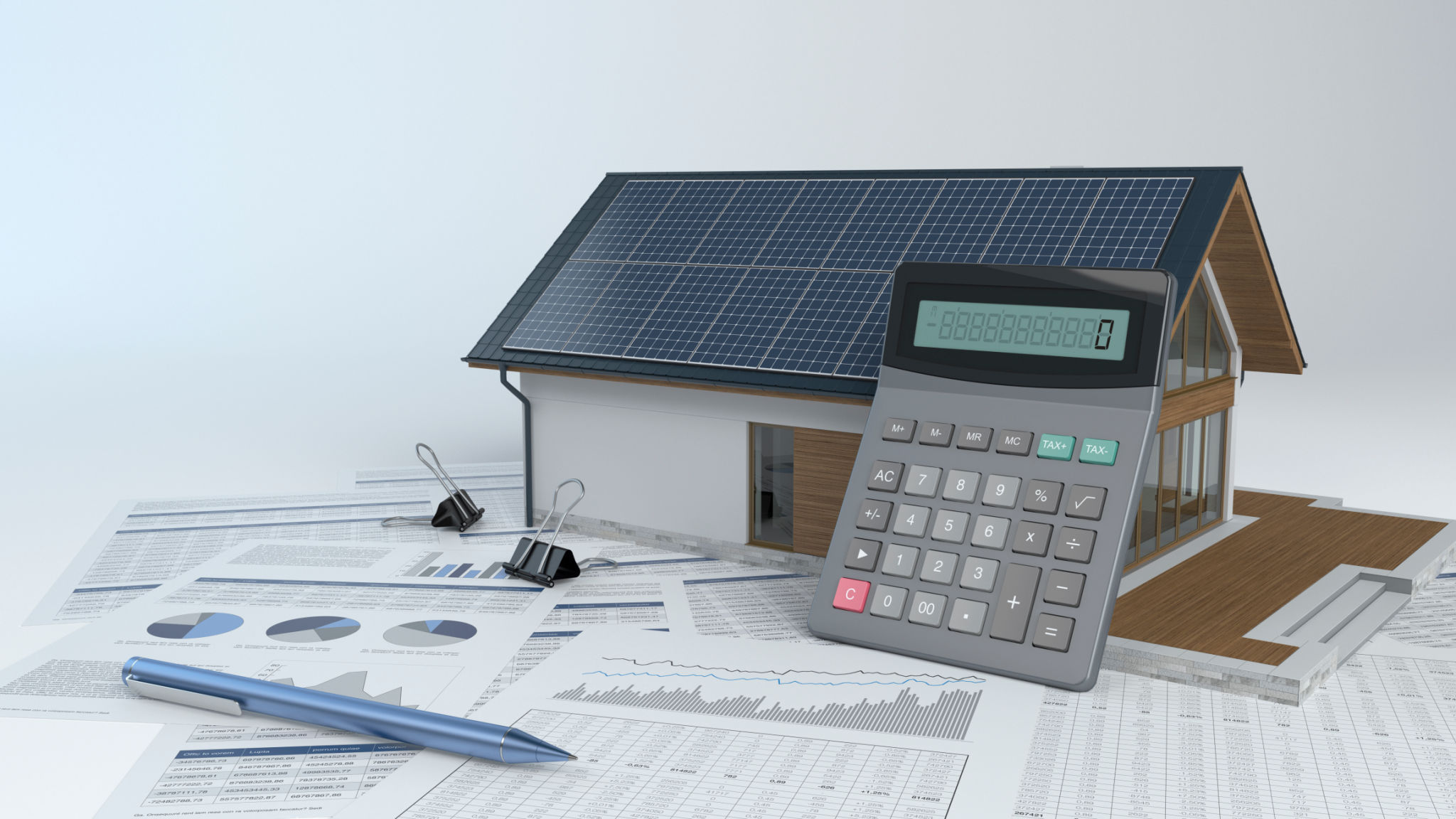The Complete Guide to Choosing the Right Solar Energy System for Your Home
Understanding Solar Energy Systems
Solar energy systems are becoming increasingly popular as homeowners look for sustainable and cost-effective energy solutions. Understanding the different components and types of systems available is crucial to making an informed decision. A typical solar energy system consists of solar panels, an inverter, mounting hardware, and monitoring equipment. Each component plays a vital role in harnessing solar energy and converting it into usable electricity for your home.

Types of Solar Energy Systems
There are three main types of solar energy systems: grid-tied, off-grid, and hybrid systems. Grid-tied systems are the most common, connecting your solar panels to the local utility grid. This allows you to draw power from the grid when your solar panels aren't producing enough electricity. Off-grid systems are independent from the grid and require battery storage to provide electricity when solar production is low. Lastly, hybrid systems combine the benefits of both grid-tied and off-grid systems, offering versatility and reliability.
Assessing Your Home's Solar Potential
Before choosing a solar energy system, it's essential to assess your home's solar potential. This involves evaluating factors such as roof orientation, shading, and available space for solar panels. Ideally, your roof should have a clear south-facing exposure with minimal shading from trees or other structures. Additionally, consider the size of your roof and how many panels it can accommodate to meet your energy needs effectively.

Calculating Energy Needs
Understanding your household's energy consumption is key to selecting the right system size. Review your utility bills to determine your average monthly energy usage in kilowatt-hours (kWh). This information will help you and your solar provider design a system that meets your energy needs while taking into account seasonal variations in solar production.
Choosing the Right Solar Panels
The efficiency and quality of solar panels greatly impact the performance of your system. There are several types of solar panels available, including monocrystalline, polycrystalline, and thin-film panels. Monocrystalline panels are known for their high efficiency and sleek appearance, while polycrystalline panels offer a cost-effective solution. Thin-film panels, though less efficient, are flexible and lightweight, making them suitable for unconventional applications.

Selecting an Inverter
An inverter is a critical component that converts the direct current (DC) produced by solar panels into alternating current (AC) used by household appliances. The two main types of inverters are string inverters and microinverters. String inverters are cost-effective and suitable for installations with minimal shading. In contrast, microinverters optimize the performance of each panel individually, making them ideal for installations with shading or complex roof designs.
Navigating Incentives and Financing Options
Investing in a solar energy system can be a significant financial commitment, but various incentives and financing options can help offset costs. Federal tax credits, state rebates, and local incentives can reduce the overall expense of your solar installation. Additionally, explore financing options such as solar loans or leases that allow you to spread the cost over time without an upfront investment.

Partnering with a Reliable Solar Provider
Choosing the right solar provider is just as important as selecting the right equipment. Look for companies with a strong track record, positive customer reviews, and comprehensive warranties on their products and services. A reliable provider will guide you through the entire process, from system design to installation and ongoing maintenance.
Conclusion
Selecting the right solar energy system for your home involves understanding your energy needs, assessing your property's solar potential, and choosing high-quality components. By carefully considering these factors and working with a reputable provider, you can enjoy the long-term benefits of clean, renewable energy while contributing to a more sustainable future.